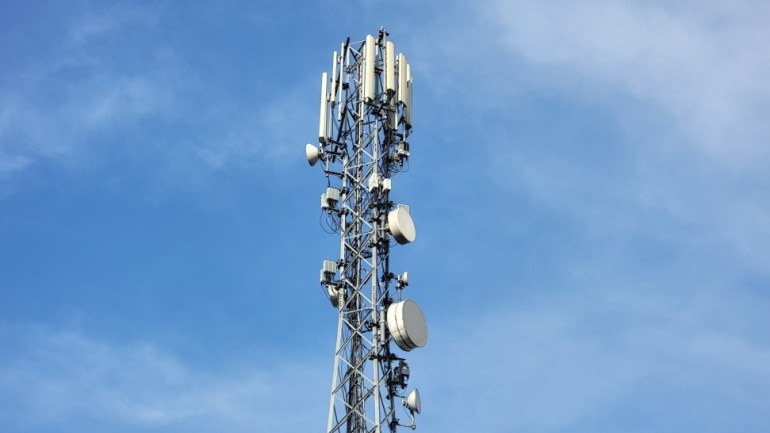Twelve major European mobile operators urge regulators to allocate the upper 6GHz band for mobile use, warning that delays could hinder Europe’s 6G future. They argue the spectrum is vital for innovation and say Wi-Fi already has enough capacity, stressing the need to secure Europe’s technological edge.
The FCC is advancing new rules for the 37 GHz band to boost mobile capacity and enable shared use for federal and nonfederal users. The updated framework supports wireless innovation, sets stricter emission limits, and introduces nonexclusive nationwide licenses.
Bharti Airtel’s latest acquisition of 400MHz 26GHz spectrum from Adani Data Networks marks a pivotal move to bolster its 5G services. This acquisition enhances Airtel’s 5G footprint across key Indian regions and addresses high-capacity use cases like Fixed Wireless Access and enterprise solutions.
India’s leading telecom operators emphasize the urgent need for a robust spectrum roadmap. As India’s 5G landscape evolves, operators like Bharti Airtel and Reliance Jio highlight current spectrum allocations are insufficient for future demands.
The UK’s major mobile operators are challenging Ofcom’s proposed changes to spectrum annual license fees. Despite a proposed 21% reduction in fees for the 900MHz and 1800MHz spectrums, and a 12% increase for the 2100MHz band, operators argue the fees are still too high.
T-Mobile US is pioneering advancements in 5G Advanced technology with breakthrough field tests utilizing six-component carrier aggregation. These tests leveraged Nokia and Qualcomm technologies, achieving downlink speeds of 6.3 Gbps, showcasing the future potential of 5G networks.
Canada is revolutionizing telecommunications with its expansion of 5G spectrum, including mmWave spectrum. This government initiative enables enhanced network performance, especially in remote areas, empowering sectors like smart agriculture and industrial automation.
Ofcom is consulting on the future use of the upper 6GHz spectrum, potentially allowing both mobile and Wi-Fi networks to share it. The proposal suggests immediate Wi-Fi access, with a possible split for mobile use by 2027.
Singtel has pioneered the deployment of the 700 MHz spectrum, enhancing its 5G service and marking a significant milestone in Singapore’s telecom landscape. This upgrade boosts the Singtel 5G+ service, strengthening signals by 40% across challenging environments like high-rises and underground areas.
The Telecom Regulatory Authority of India (TRAI) is making waves in the VoIP and telecommunications sector with new proposals for mmWave spectrum auctions, aimed at enhancing 5G services. By reducing spectrum prices, TRAI hopes to drive greater adoption. This strategic change is set to transform VoIP infrastructure in India, maintaining focus on future advancements.













